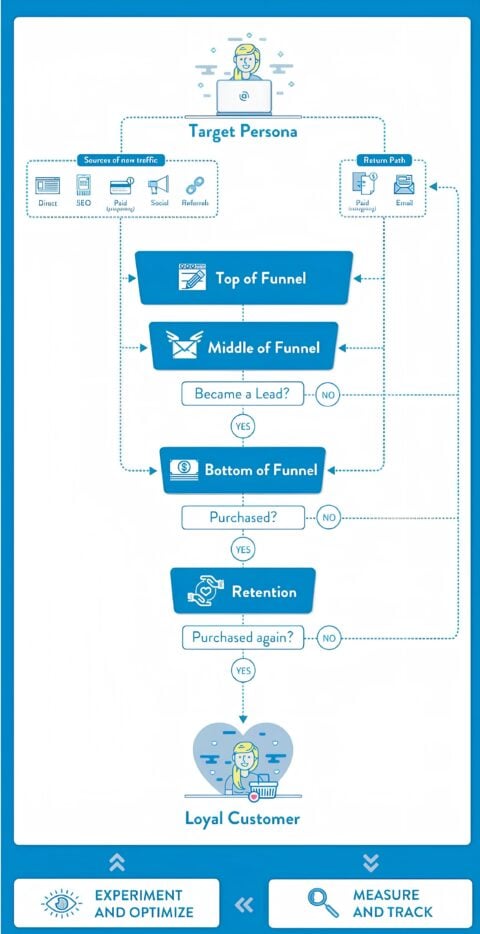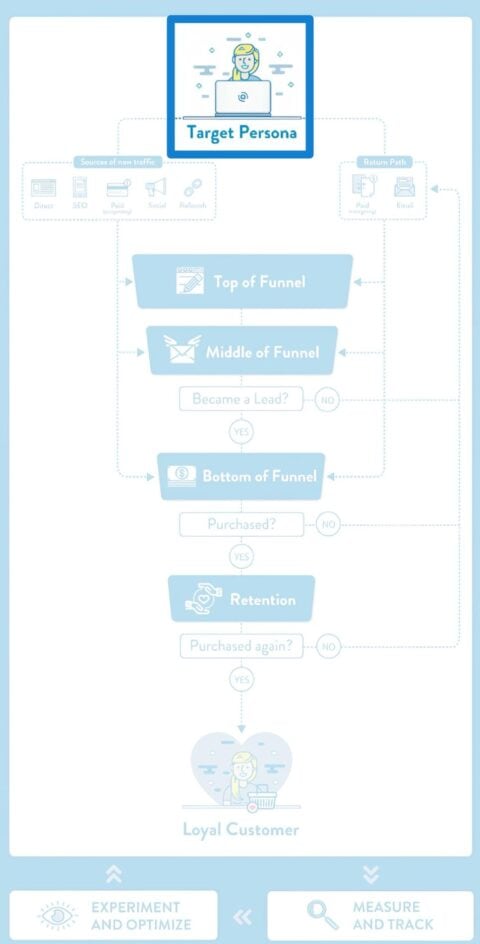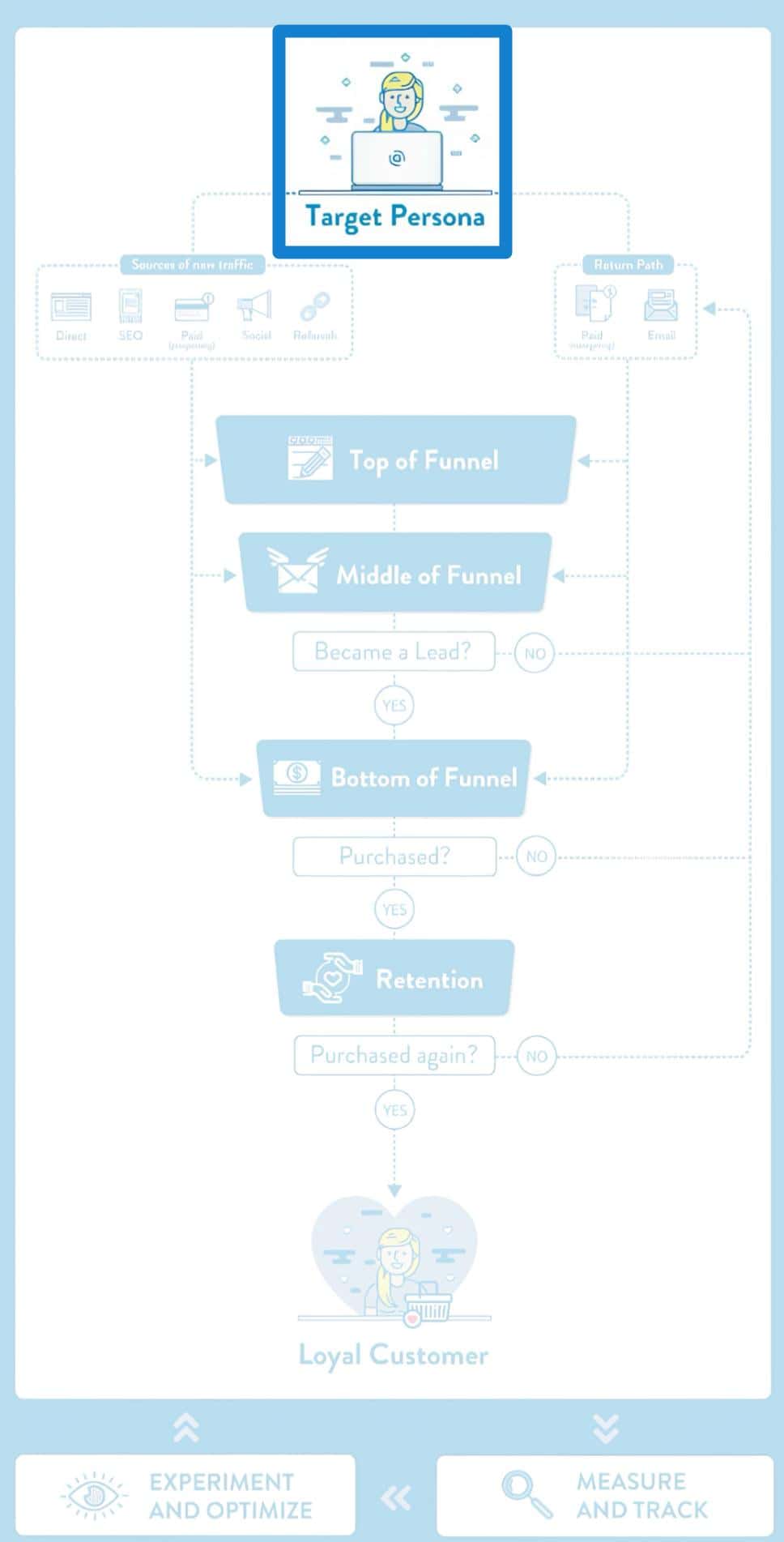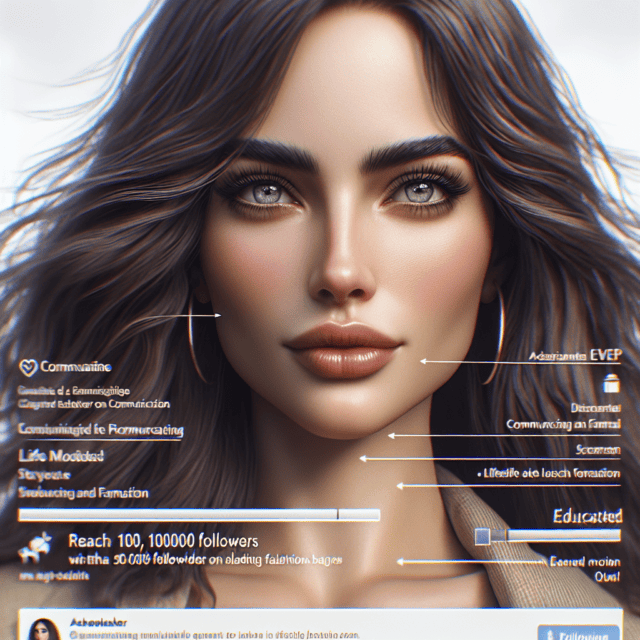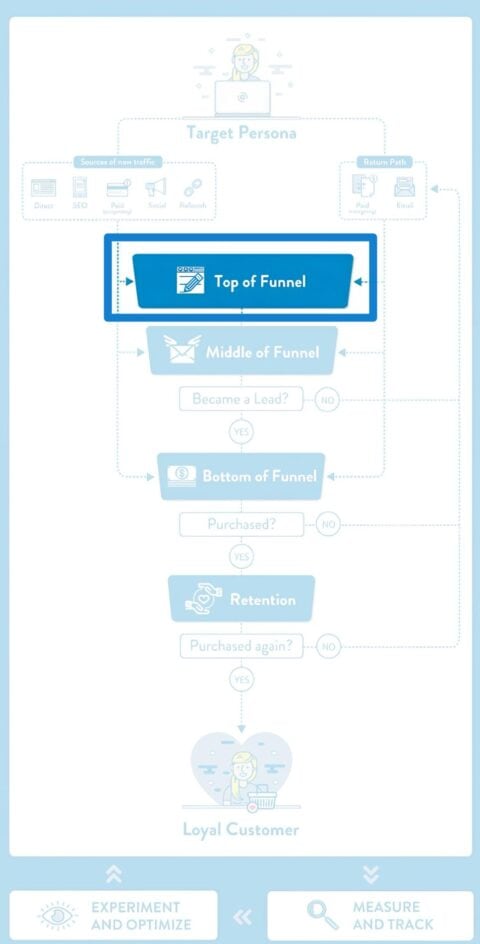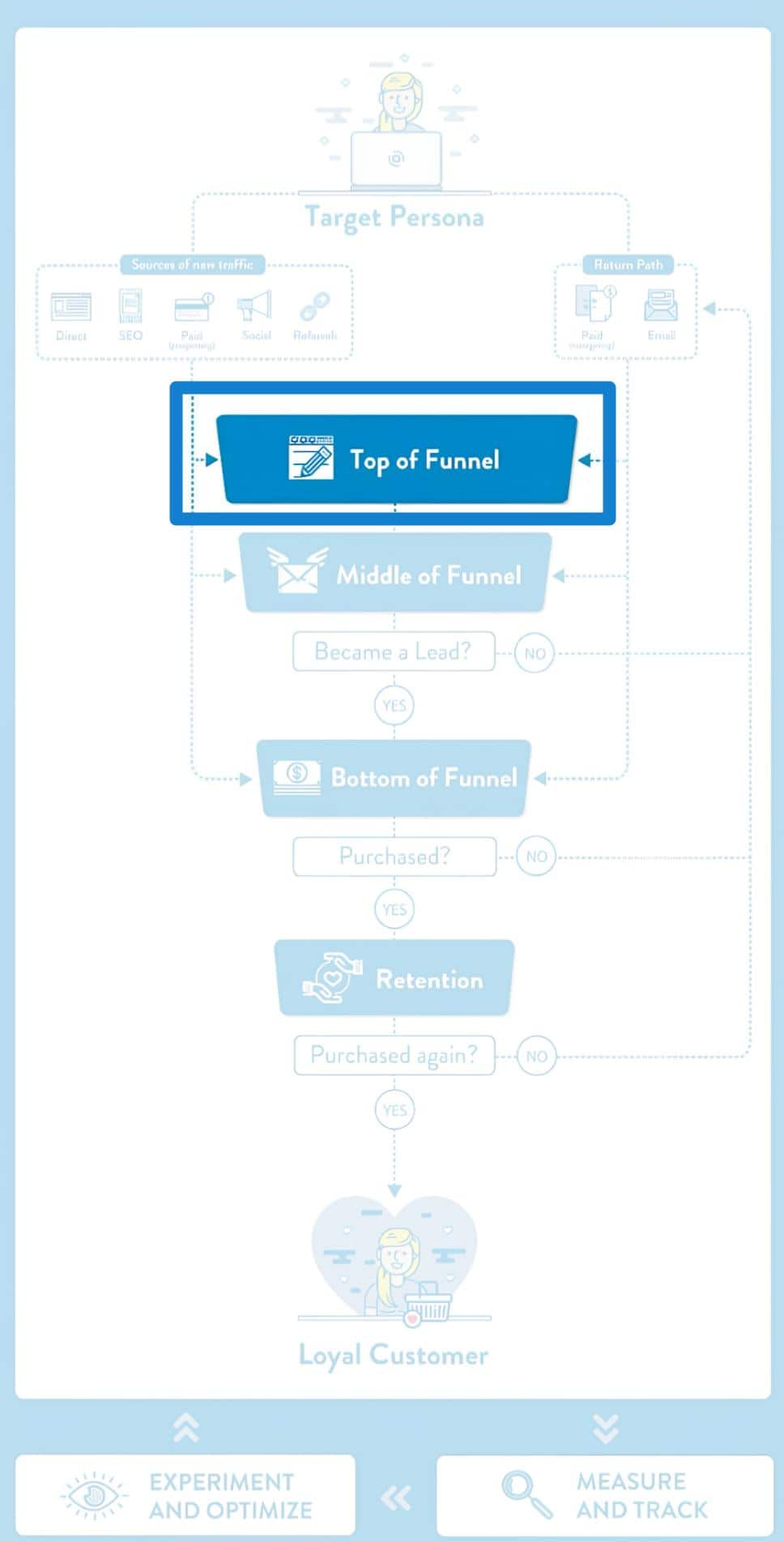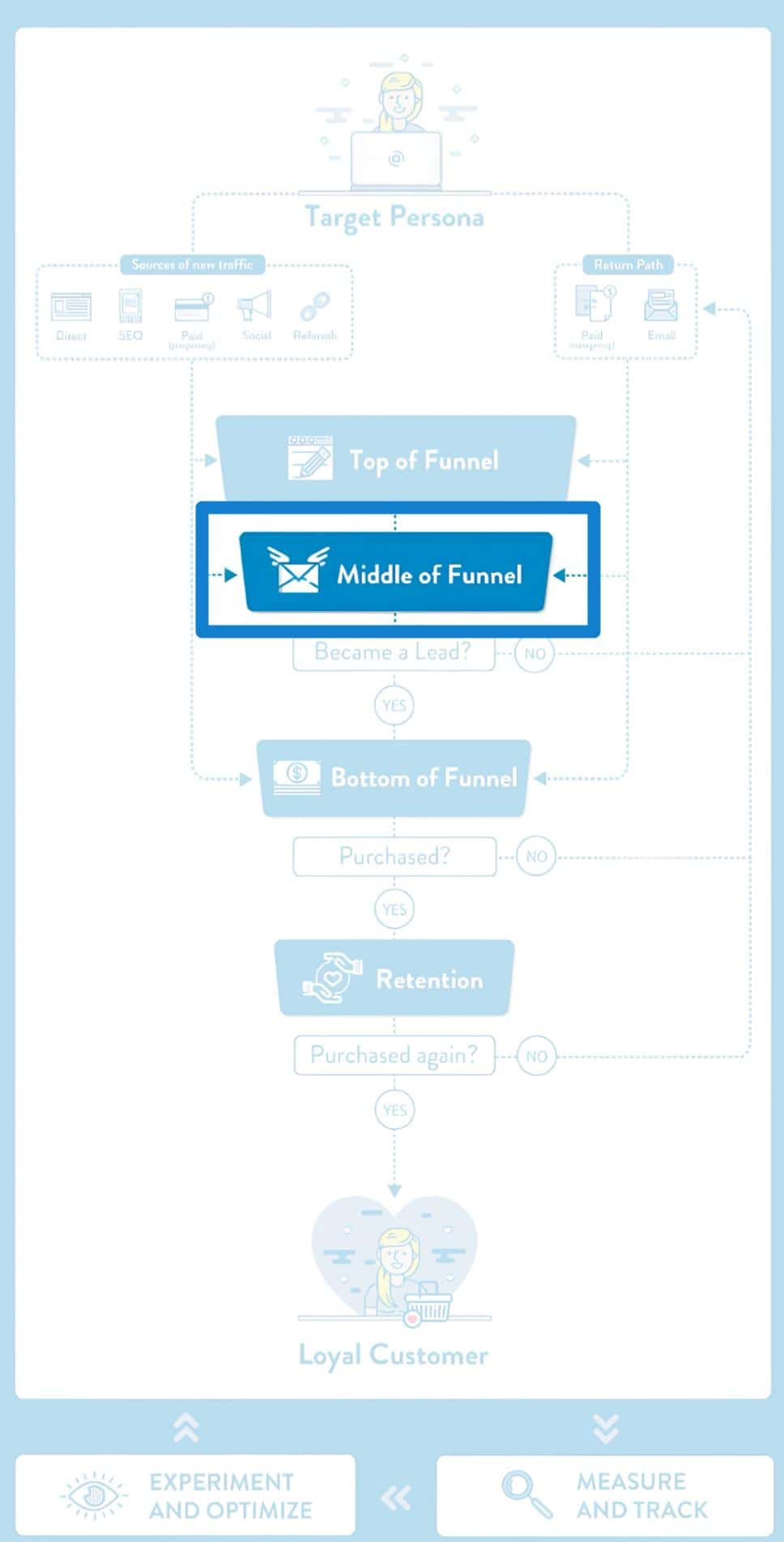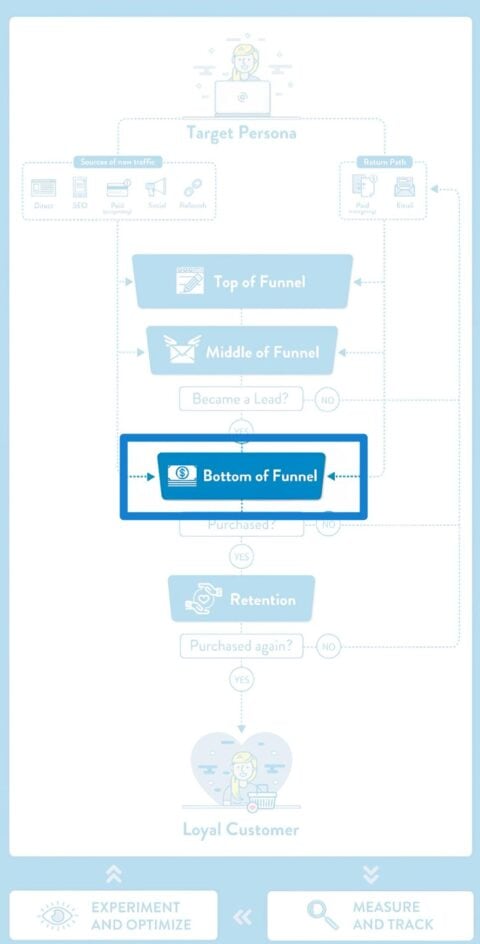📈
Your Goal at the Retention Stage: Increase Lifetime Value
In the retention stage, your marketing persona is already a customer of your product. Your objective is to increase the value you can extract from them directly by generating repeat purchases, upsells, or reducing churn; or indirectly by improving brand image or promoting referrals.
📝
Content Marketing
The objective of the content you'll create at the retention stage is to keep your existing customers happy by providing ongoing value (even after purchasing.)
Content ideas:
Monthly performance report showcasing engagement statistics and brand partnerships for transparency.
Behind-the-scenes content on Instagram highlighting the influencer's day-to-day interactions with brands, reinforcing community connection.
Weekly tips shared via social media on how to optimize collaborations and maximize returns for partnered brands.
Email campaign offering exclusive behind-the-scenes case studies of successful partnerships to add value for existing customers.
Schedule quarterly live Q&A sessions to gather feedback and provide insights, creating a deeper bond with current collaborators.
What to measure:
Engagement rate on performance reports
Social shares of behind-the-scenes content
Email open rates on exclusive case studies
🔎
SEO
At the bottom of the funnel, you'll want to make sure your marketing persona can find all the information she needs to get the most of your product (e.g. knowledge base articles), or to solve any problems that may arise (e.g. support/contact page.)
Keyword ideas:
influencer brand partnership benefits
improving influencer collaboration strategies
why partner with social media influencers
case studies of successful influencer collaborations
building long-term relationships with influencers
how to measure success in influencer partnerships
retaining influencers through effective communication
tips for enhancing influencer engagement
impact of influencer marketing on brand loyalty
best practices for collaborative branding
What to measure:
Organic traffic to retention-focused content
Keyword ranking for retention-related searches
Leads generated from optimized loyalty-focused blog posts
🎯
Paid Advertising
At this stage of the funnel, you might choose to be run campaigns promoting of new features, upgrades, or promotions.
Target audience ideas:
[Remarketing] Google Ads: Brands that have previously explored partnership opportunities, reminding them of successful collaborations to encourage re-engagement.
[Remarketing] Facebook Ads: Previous partners who viewed content about maintaining long-term influencer relationships, reminding them of the benefits they experienced.
[Prospecting] Instagram Ads: Target brands searching for loyalty and collaborations success stories in their respective niches.
[Remarketing] YouTube Ads: Brands that interacted with past case study videos, showcasing updated information on influencer partnerships.
[Remarketing] Facebook Ads: Targeting users who engaged with loyalty program posts, promoting the advantages of sustained collaborations.
What to measure:
Ad engagement from remarketing lists
Conversion rate of re-engagement ads
ROI on loyalty-focused ad campaigns
📱
Social Media
Retention campaigns on social media revolve around building a sense of community with your existing customers. You'll do a lot of monitoring of brand mentions on social media.
Social media campaign ideas:
Create social media polls to understand current followers' needs and preferences regarding ongoing collaborations.
Regularly post engaging questions around past partnerships encouraging brands to share their success stories.
Share user-generated content from brands emphasizing their successful partnerships and thanking collaborators.
Monitor and respond to brand mentions on social media, encouraging interaction and showcasing happy partnerships.
Host giveaways or challenges that promote engagement between existing brands and followers to strengthen community ties.
What to measure:
Engagement rates on polls
User-generated content participation
Responses to brand mentions
📧
Email Marketing
Retention email campaigns will be a mix of educational emails (onboarding, activation, etc), transactional emails (reports, receipts, reminders, etc), and promotional emails (upgrades, upsells, etc.)
Email marketing campaign ideas:
Quarterly newsletter highlighting industry updates and featuring success stories from recent collaborations.
Feedback request emails after partnerships, fostering a sense of collaboration and improvement.
Exclusive invitations to networking events for current partners, providing opportunities to connect.
Monthly acknowledgment of top-performing partnerships via dedicated emails to reinforce appreciation.
Email campaigns offering sneak peeks of upcoming trends or services to keep brand partners engaged.
What to measure:
Open rates on newsletters
Engagement on event invitations
🧪
Marketing Experiments
Your retention experiments will have the objective of maximizing lifetime value of existing customers.
Experiment ideas:
A/B test email layouts to determine which designs yield better engagement from existing partners.
Run a split test on content types sent in newsletters to assess which content resonates more with long-term collaborators.
Experiment with different incentive structures in partnership renewal emails to discover the most effective approaches.
Evaluate the impact of personalized vs. generic messaging to enhance connection with existing partners.
Test varying frequencies of communication with brand partners to gauge optimal engagement levels.
What to measure:
Engagement rates from A/B tested emails
Renewal conversion rates from different incentive offers
Feedback score from personalized communication tests

